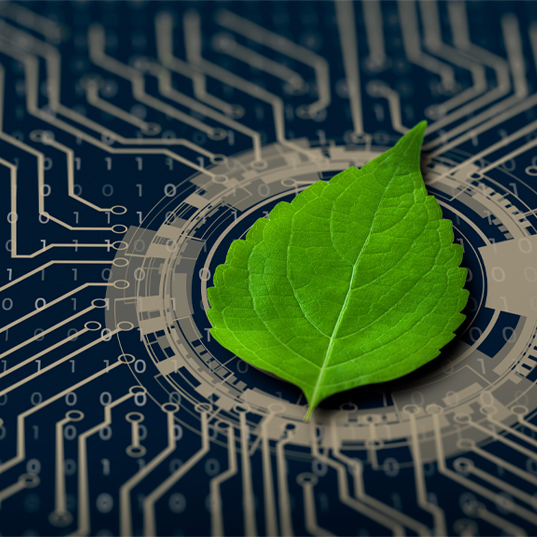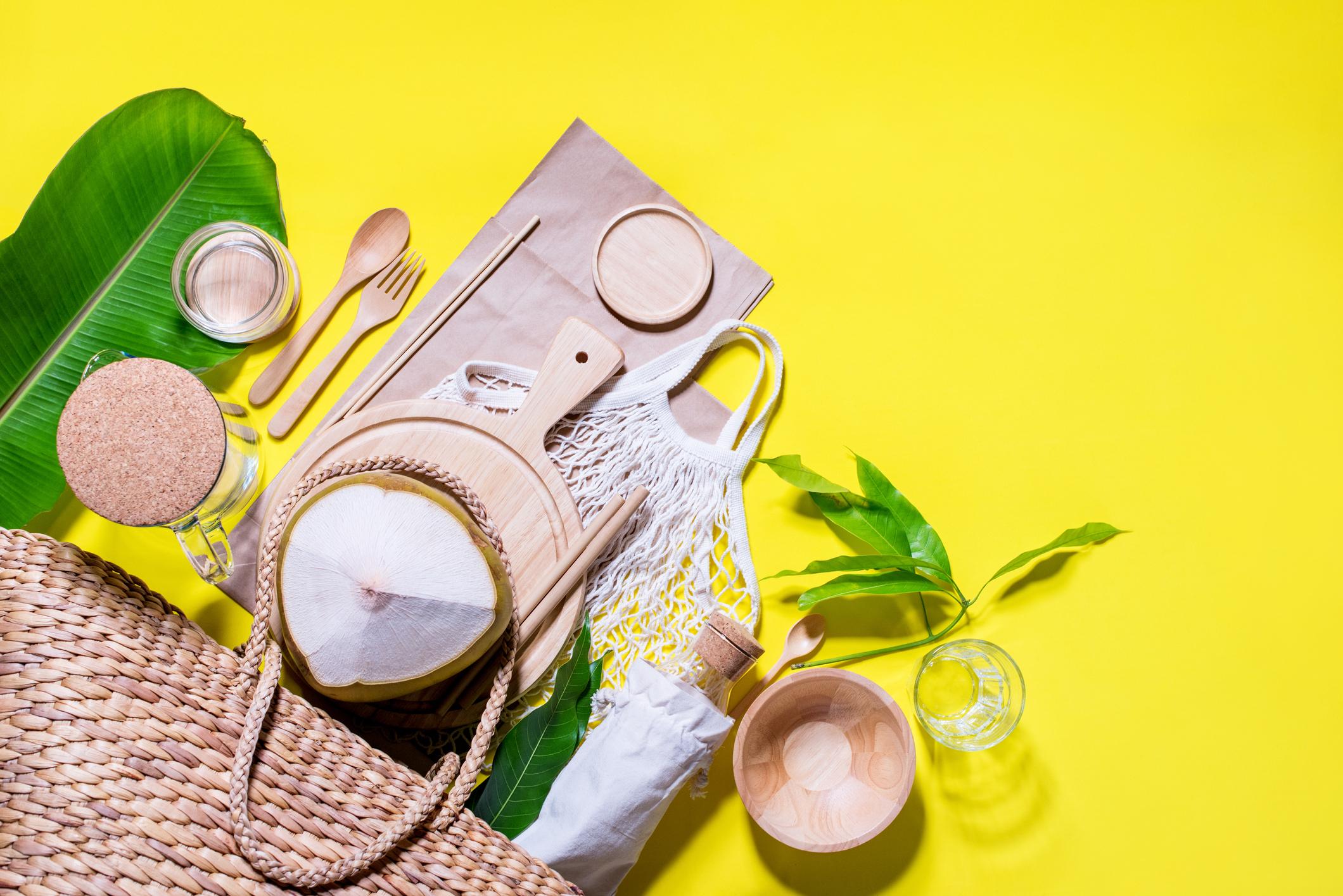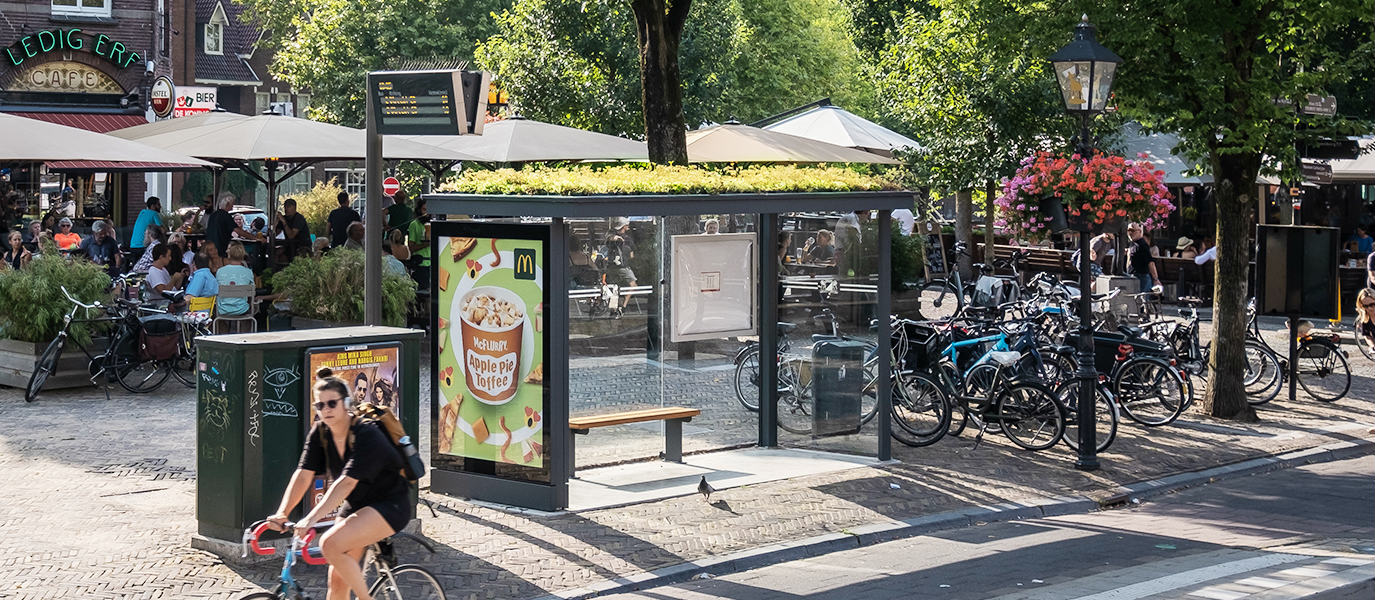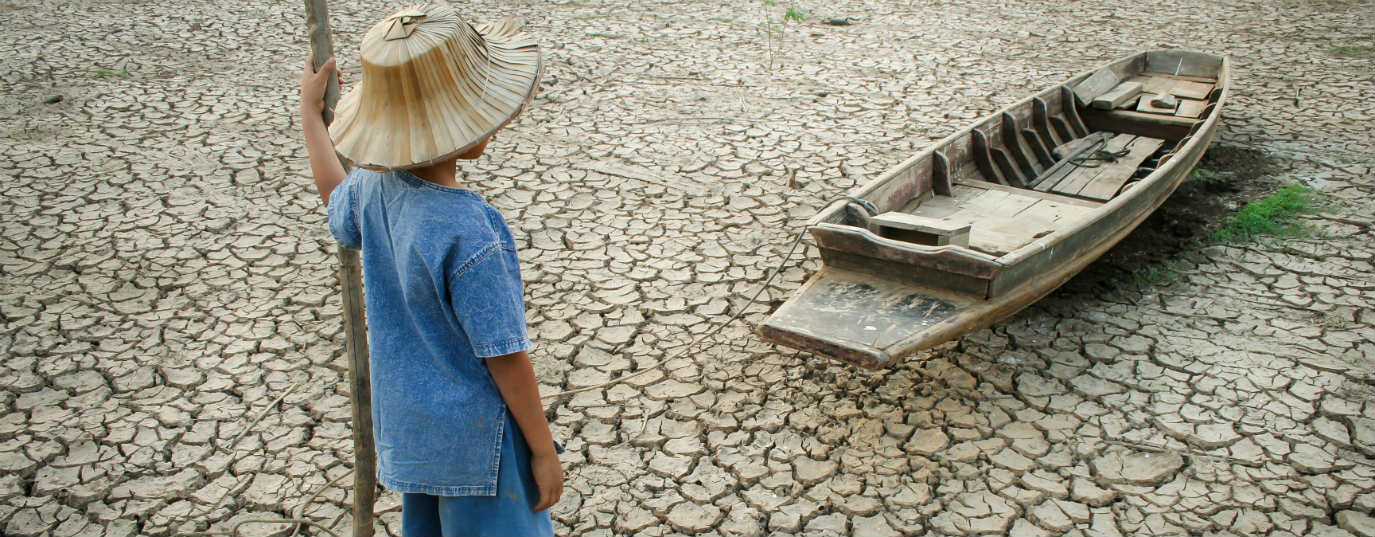The role of “cradle-to-cradle” in the circular economy
“Cradle-to-cradle” advocates the maximum reuse of resources and proposes eliminating the concept of waste
We’re born, grow up, reproduce and then die. This is the life cycle we were taught. However, nature doesn’t work like that. In the natural environment, even when things die, they come back to generate life. Think, for example, of a ripe apple falling from a tree and rotting at its feet. The fruit becomes nutrients for the tree so that new apples will grow in the future.
This is what we’re here to talk about today. The “cradle-to-cradle” concept — a revolutionary vision of how life on Earth works from a circular economy point of view.
Consume only what can be produced
The planet produces a limited amount of resources and we are consuming more than our share per generation. More resources than the Earth is able to regenerate annually. If we continue at this rate, future generations will have no planet.
In this sense, the circular economy values the maximum reuse of resources and is an alternative to the linear model in which material automatically becomes waste after being consumed.
And nothing champions this more than the “cradle-to-cradle” concept, a new approach to the design and manufacture of industrial products.
“Cradle-to-cradle”, redesigning the way we produce
Almost all the objects we produce and consume today are designed to become waste at the end of their useful life. But what if we approached this differently? What if we designed things to be reused and dared to do away with the concept of waste? This is the notion thought up in 2001 by German ecologist Michael Braungart and US architect William McDonough. Both proposed a new production system in which everything is designed to be reused.
 This philosophy states that all products should be easily disassembled into their different components to be used in creating new products or systems — just like in nature. For instance, let’s consider the life of a snail. When a snail dies in the middle of the forest, its body becomes part of the soil, providing nitrogen and other important elements for plants. The calcium from its shell provides food for birds, which in turn is incorporated into the eggshells of its next lay. Practically nothing that was part of the snail’s structure is wasted.
This philosophy states that all products should be easily disassembled into their different components to be used in creating new products or systems — just like in nature. For instance, let’s consider the life of a snail. When a snail dies in the middle of the forest, its body becomes part of the soil, providing nitrogen and other important elements for plants. The calcium from its shell provides food for birds, which in turn is incorporated into the eggshells of its next lay. Practically nothing that was part of the snail’s structure is wasted.
What if we made objects in the same way that nature makes snails? This is the notion behind the cradle-to-cradle concept.
From cradle to cradle via 3D printer
Some technologies, such as 3D printers, will play a key role in implementing this philosophy of reuse. These machines produce objects in a closed cycle. Once used and no longer useful, these objects are melted down to produce new ones as needed. The main advantages of this technology are that materials only need to be extracted once and no waste is produced.
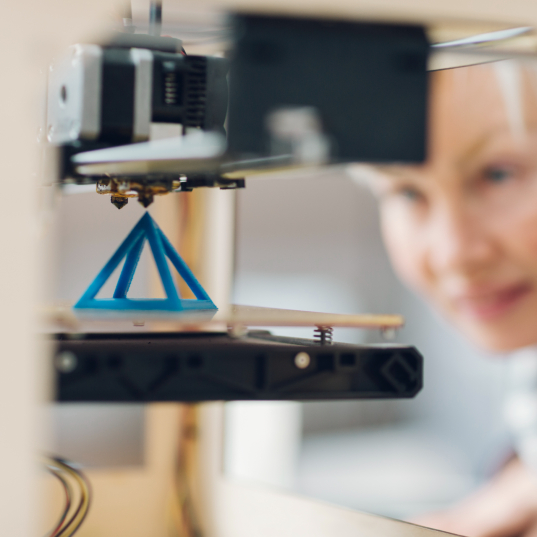 They are already implementing this kind of technique on the Space Station, where resources are very limited and it is very difficult to send up any materials from Earth. They have developed a 3D printer that works in microgravity, allowing existing tools to be converted into fibres, and then enabling new tools to be made from this material. What does this mean? First of all, it’s no longer necessary to transport all the tools that astronauts will need in space from Earth. And it also means that all resources are fully utilised.
They are already implementing this kind of technique on the Space Station, where resources are very limited and it is very difficult to send up any materials from Earth. They have developed a 3D printer that works in microgravity, allowing existing tools to be converted into fibres, and then enabling new tools to be made from this material. What does this mean? First of all, it’s no longer necessary to transport all the tools that astronauts will need in space from Earth. And it also means that all resources are fully utilised.
The circular economy cannot ignore waste
In this cradle-to-cradle cycle, it is just as important to deal with waste as it is to use resources properly. Today, landfills contain approximately 40 % of the world’s waste, and the 50 largest landfill sites affect the day-to-day lives of 64 million people. Landfills are harmful to the environment as they pollute aquifers, generate emissions and disrupt ecosystems.
But what if we could use this waste to generate the electricity that provides the light and heat in our homes? Such a solution already exists in the form of Waste-to-Energy plants.
Of course, the ideal scenario would be to generate no waste at all. But Waste-to-Energy plants are a first step in the shift from the linear model to the circular economy, where the “cradle-to-cradle” concept is no longer just a concept, but the way we manage the resources provided by our planet.
If you want to hear more stories like this one, don’t miss The Blue Marble, an ACCIONA podcast on sustainability and the climate emergency.


